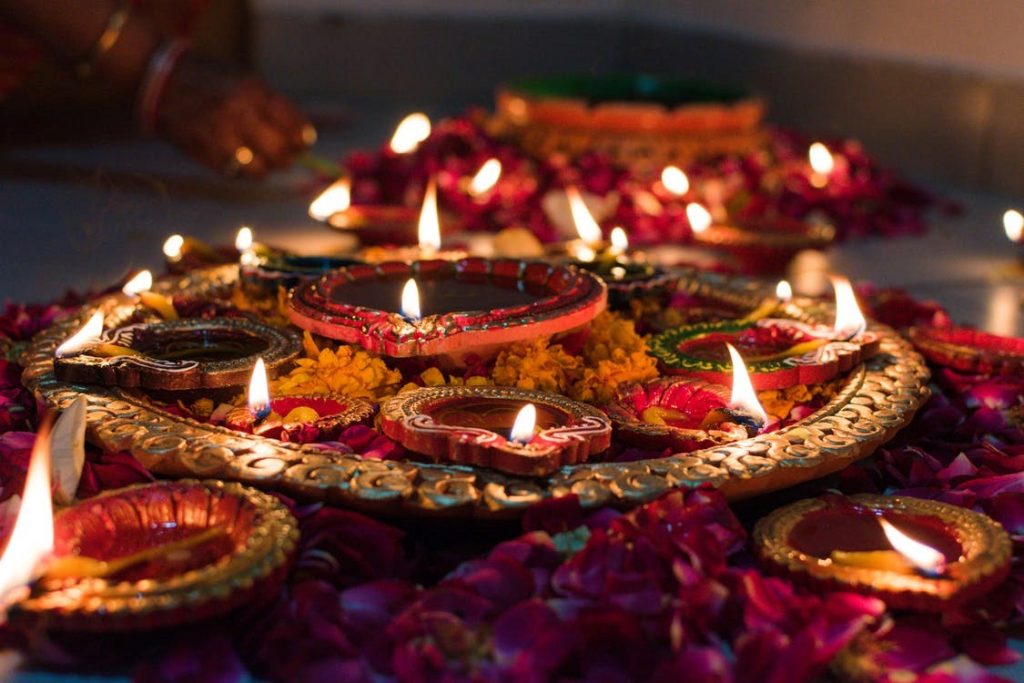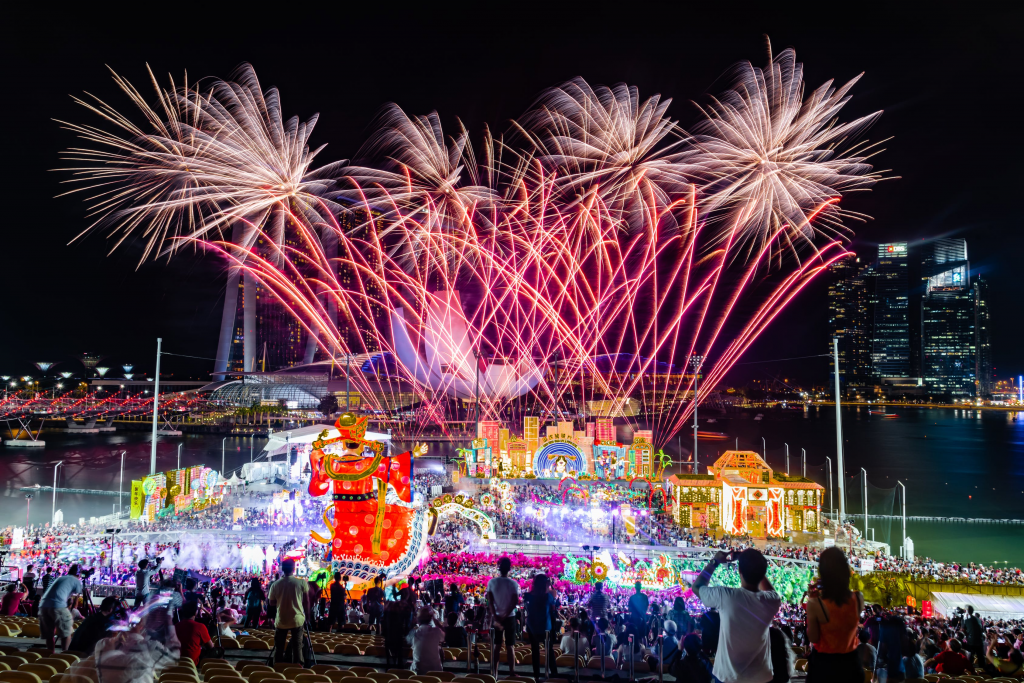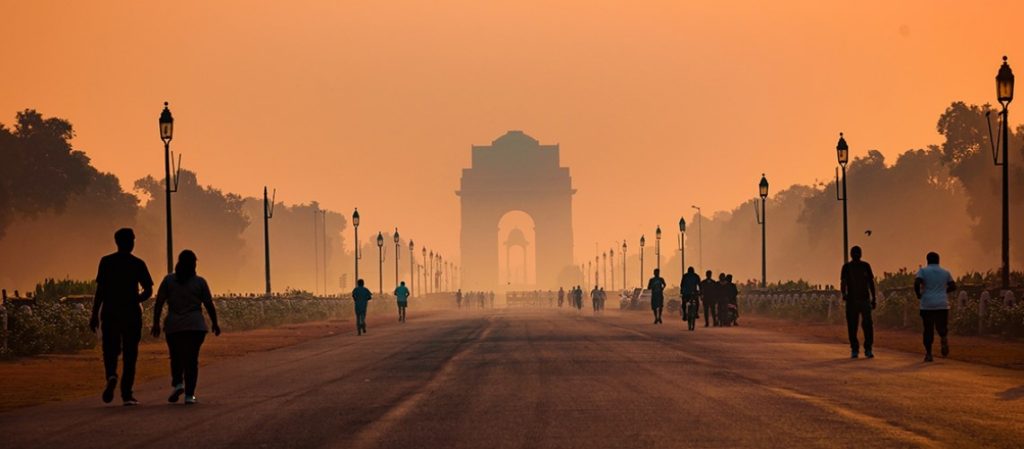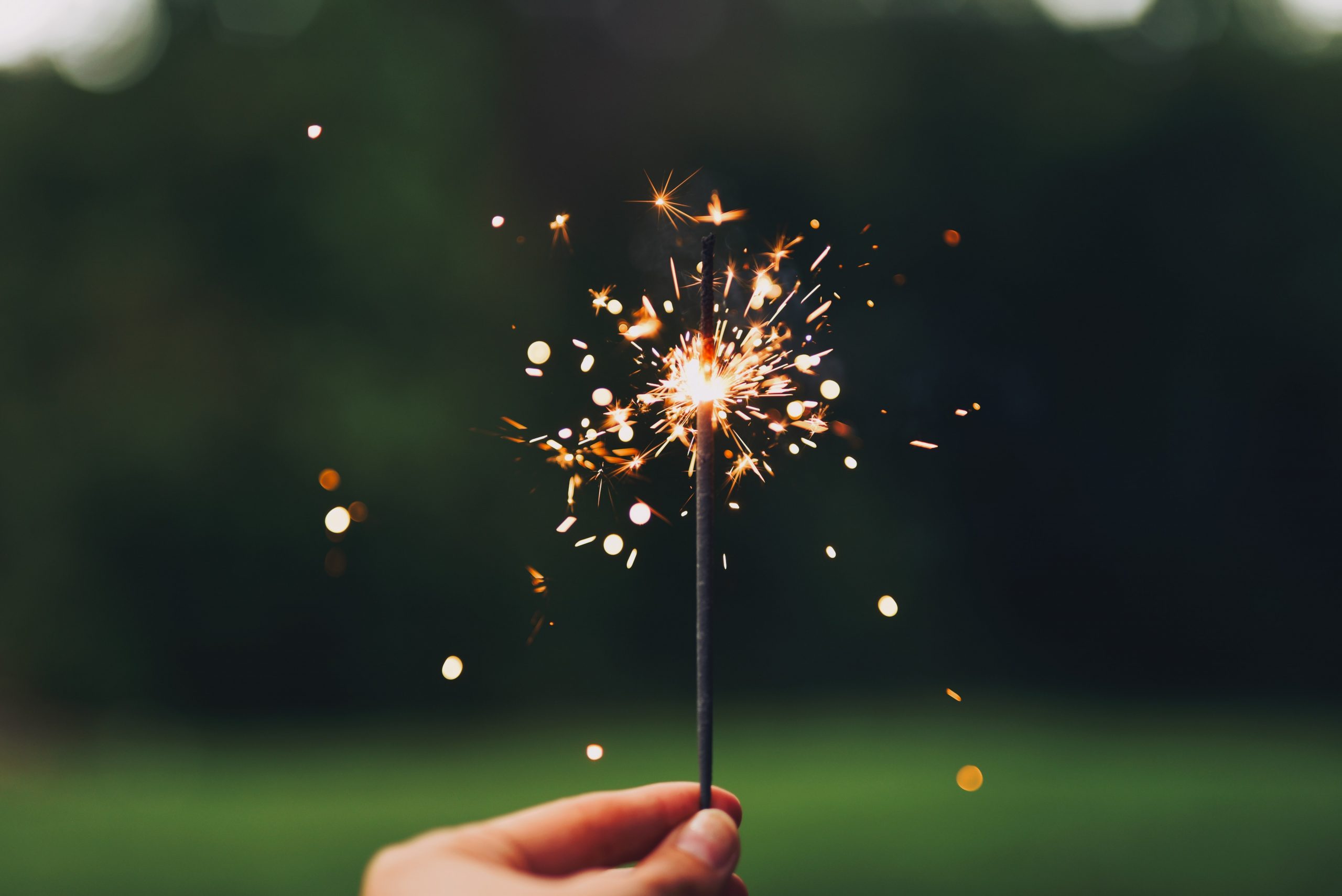Diwali or Deepawali is that time of the year when there is light in every person’s house, Rangoli & diyas at every entrance, a whiff of delicious delicacies with a polluted smog in the air. It is a festival that stretches back to more than 2500 years in history, with its roots originating from the Indian classical Epic of ‘Ramayana’. A festival to celebrate the triumph of good over evil – it marks the victory of King Ram over King Ravana. This victory is commemorated by many Hindus across India through traditions such as painting of diyas or earthen lamps, designing Rangolis or traditional patterns, worshipping the goddess of prosperity Lakshmi and most commonly bursting of firecrackers. The festival of Diwali is to be celebrated amidst a pandemic.
This tradition of bursting fire crackers on Diwali has now resulted in one of the worst climate emergencies in India and this year has coincided with the pandemic. A rapid surge in the air pollution levels recurs every year in this time of Diwali. With air quality as poor as 805 in 2018 in urban cities such as New Delhi, the time for festivities and celebration is now unfortunately also the season of sickness and ailments. In India, at this time of the year air pollution around Delhi reaches 300 times the World Health Organization standard for healthy air.

Sources of Acute Air Pollution
Unregulated firecrackers during Diwali are one of the worst contributors to air pollution. Within a short span of time, firecrackers release metal particles, dangerous toxins, harmful chemicals and smoke in the air. These fireworks often consist of propellant chemicals and colorants, which add to the increasing pollution levels. In the months of October and November, the gases released in the air get trapped in the fog and trigger pollution levels, creating a thick layer of smog which is a deadly combination of smoke and fog. In an attempt to reduce the air pollution levels, the Supreme Court of India in 2018 had banned the use of conventional crackers and introduced green crackers in the market.
Green crackers developed by the National Environmental and Engineering Research Institute (NEERI) are variants in which the commonly used polluting chemicals such as aluminum, barium, potassium nitrate and carbon have either been removed or sharply reduced to slow down the emissions by 15 to 30 %.
An alternate source of pollution that clashes with this time of festivities, is the ‘stubble burning’ in neighboring states of Punjab and Haryana, that significantly exacerbates the air pollution levels in Delhi. In order to clear fields for the next crop, many farmers, after harvesting, burn the ‘stubble’ or leftover crop residue to make way for new crops. Stubble burning on thousands of acres of farmland along with firecrackers have a combined detrimental effect over the air quality of neighboring states.
Various states in India owing to such high levels of pollution are pushed into the ‘Severe plus’ or ‘Emergency’ categories.

Deadly and harmful effects of air pollution
The effects of air pollution on health are both long term and short term – it can affect healthy individuals and prolong the ailments and illness of those with pre-existing conditions. According to WHO, exposure to high levels of air pollution can cause a variety of adverse health outcomes. It increases the risk of respiratory infections, heart disease and lung cancer to which children, the elderly and poor people are more susceptible. As per the Public Health Foundation of India, “air pollution now contributes to more disease burden in India than tobacco use.”
In 2019, the India Today Data Intelligence Unit (DIU) analyzed the pollution statistics of the national capital for 33 days, from 20 October to 21 November (till 5 pm) and detected that the city’s air was so toxic that, on an average, each resident inhaled smoke, equivalent to puffing about 340 cigarettes.
A double whammy situation: COVID-19 and air pollution
Air pollution has accelerated the adverse effects on respiratory health, which is also threatened due to the ongoing corona-virus pandemic. The deadly combination of pollution and COVID-19 may create a medical calamity. For those who have pre-existing conditions such as asthma, lung diseases, bronchitis or other respiratory diseases, there is a double burden of poor oxygen levels and a higher susceptibility of developing covid-19 infection. As per K. Srinath Reddy, president of Public Health Foundation, air pollution causes damage and inflammation in the lungs and other body tissues, reducing the body’s ability to resist the virus, which may result in more severe forms of the infection. Those who are suffering from COVID-19 are also at an increased vulnerability of a slow recovery and developing lung fibrosis.

Our role this Diwali
Even though many state governments in India have banned the use of fire crackers and appealed to the public to abide by these restrictions, we must realize that this year, as the world and each of our lives remain endangered, amidst a deadly virus, it is our duty that at a time of rejoicing, when good triumphs over evil, each of us ensure that we win this battle of fighting COVID-19 by giving up crackers and celebrating Diwali within the comfort of our homes, in the company of our loved ones and play our part in creating a safer, healthier and environment friendly Diwali.
References
Chopra, T. (2019). The dark side of Diwali, festival of lights. World Econmic Forum.
Goyal, S. (2020). Green Crackers: Meaning, Composition and Facts. Jagran Josh.
India, T. o. (2018). SC firecracker order: Delhi cops to act against violators. Times of India .
Rampal, N. (2019). Children in Delhi smoke 10 cigarettes a day just by breathing. India Today .
Shwetha Sunil and Alpana Sarma, B. (2020). Toxic Air From Farm Fires Set to Make India’s Covid Fight Deadlier. NDTV.
terrapass. (n.d.). Fireworks: Their Impact on the Environment. terrapass.
WHO. (2019). Health consequences of air pollution on populations. WHO.
IVolunteer International is a 501(c)3 tech-nonprofit registered in the United States with operations worldwide. Using a location-based mobile application, we mobilize volunteers to take action in their local communities. Our vision is creating 7-billion volunteers. We are an internationally recognized nonprofit organization and is also a Civil Society Associated with the United Nations Department of Global Communications. Visit our profiles on Guidestar, Greatnonprofits, and FastForward.


